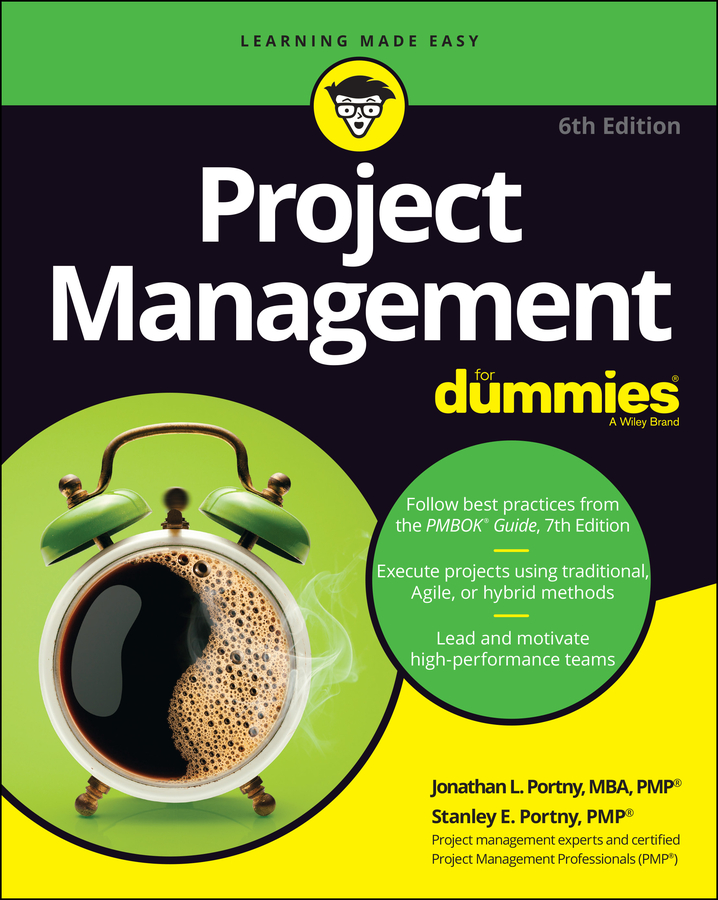At work, just saying meeting can induce groans; but meetings are an effective way to manage projects. Three kinds of meetings help keep project players engaged: regularly scheduled meetings, ad hoc meetings (that are held for a specific issue), and upper-management progress reviews. Active, ongoing support from all major project audiences gives you the greatest chance for achieving project success.
Managing projects with regularly scheduled team meetings
Regularly scheduled team meetings give members an opportunity to share progress and issues and to sustain productive and trusting interpersonal relationships. These meetings also provide an opportunity to reaffirm the project’s focus and to keep team members abreast of activities within and outside the project that affect their work and the project’s ultimate success. Recognizing that most people work on several projects at the same time, these meetings can reinforce the team’s identity and working relationships.
Consult with team members to develop a meeting schedule that’s convenient for as many people as possible. If some people can’t attend in person, try to have them participate in a conference call.
Observe the following guidelines when planning and conducting regular team meetings:
Even though your team meetings are held regularly, before each meeting, prepare a specific agenda, distribute it beforehand, and solicit comments and suggestions.
Before the meeting, distribute the project-progress report for the most recent performance period.
Distribute any other background information related to topics on the agenda before the meeting.
Limit discussions that require more in-depth consideration; deal with them in other forums.
Start on time and end on time.
Prepare and distribute brief minutes of the meeting within 24 hours after its end.
Managing projects with ad hoc team meetings
Ad hoc team meetings address specific issues that arise during your project. An ad hoc meeting may involve some or all of your team’s members, depending on the topic. Because issues often arise unexpectedly, do the following as you plan an ad hoc meeting:
Clarify the issue and what you hope to achieve at your meeting.
Identify and invite all people who may be interested in, affected by, or working on the issue.
Clearly explain the meeting’s purpose to all meeting invitees.
Carefully document all action items that the attendees develop at the meeting, and assign responsibility for their completion.
Be sure to share the results of an ad hoc meeting with all team members who may be affected by the results, who have an interest in them, and/or whose support you need to implement them.
Managing projects with upper-management progress reviews
An upper-management progress review is usually presided over by a senior manager, run by a project manager, and attended by team members and representatives of all functional areas. This review gives you the chance to tell upper management about your project’s status, its major accomplishments, and any issues that require their help. The review is also an opportunity for you to note ways to keep the project in line with major organization initiatives.
Make your upper-management progress review effective by observing the following tips:
Identify the interests of your audience, and explain how your project is meeting those interests.
Keep your presentation short; choose a few key messages and emphasize them.
Highlight your key information, but be prepared to go into more detail on issues if anyone asks you to do so.
Use both text and graphics to convey important information.
Allow time for questions.
Present updated information on project risks, and explain how you’re addressing them.
Distribute a brief handout at the meeting that summarizes the key points of your presentation.
After the meeting, distribute notes that highlight issues raised and actions that you agreed on during the review.

